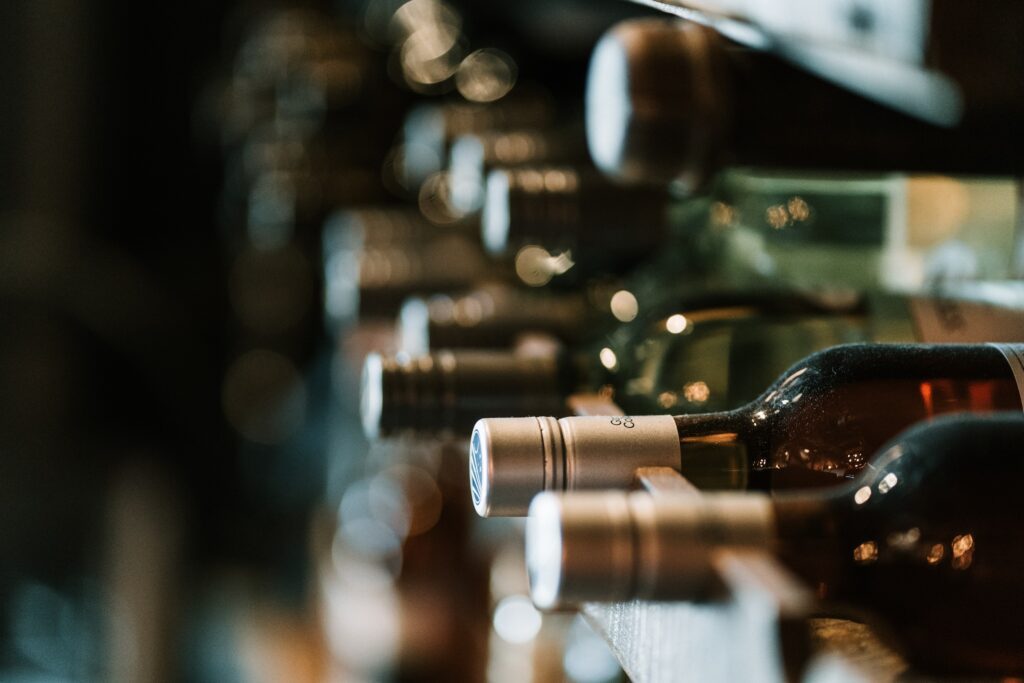Unveiling The Mystery: The Purpose Of The Dent In Your Wine Bottle
If you’ve ever examined a wine bottle closely, you may have noticed a peculiar dent or dimple at the base. This concave feature, known as a punt, has been a long-standing characteristic of wine bottle design, and its origins can be traced back to a combination of historical, practical, and aesthetic factors.

One theory suggests that the punt was initially introduced to add strength and stability to the bottle. In the past, glass production techniques were not as advanced as they are today, making the bottles more prone to imperfections and weaknesses.
By adding a punt, or indentation, at the bottom, the bottle’s structure became more robust and less likely to break or collapse under pressure. This was particularly important during the production process, transportation, and storage, where bottles could experience various stresses.
Another reason for the punt’s presence is related to sedimentation. Over time, wine tends to accumulate sediment that gradually settles at the bottle’s bottom as it matures. The punt helps to collect and trap these sediments, preventing them from being disturbed and poured into the glass when serving.
This feature is particularly relevant for older wines that require decanting, where the punt acts as a reservoir for the sediment, ensuring a cleaner and more enjoyable drinking experience.

Beyond its functional aspects, the punt also holds aesthetic value. Wine bottles with punts are often perceived as more elegant and traditional. The presence of the indentation imparts a feeling of artistry and meticulousness, elevating the bottle’s overall aesthetic allure. Additionally, the punt creates a natural indentation for the thumb, providing a convenient grip when pouring and serving the wine.
In modern times, advancements in glass manufacturing techniques have made the punt less necessary for structural purposes. However, it continues to be retained as a nod to tradition, symbolizing the rich history and artistry associated with wine production.
